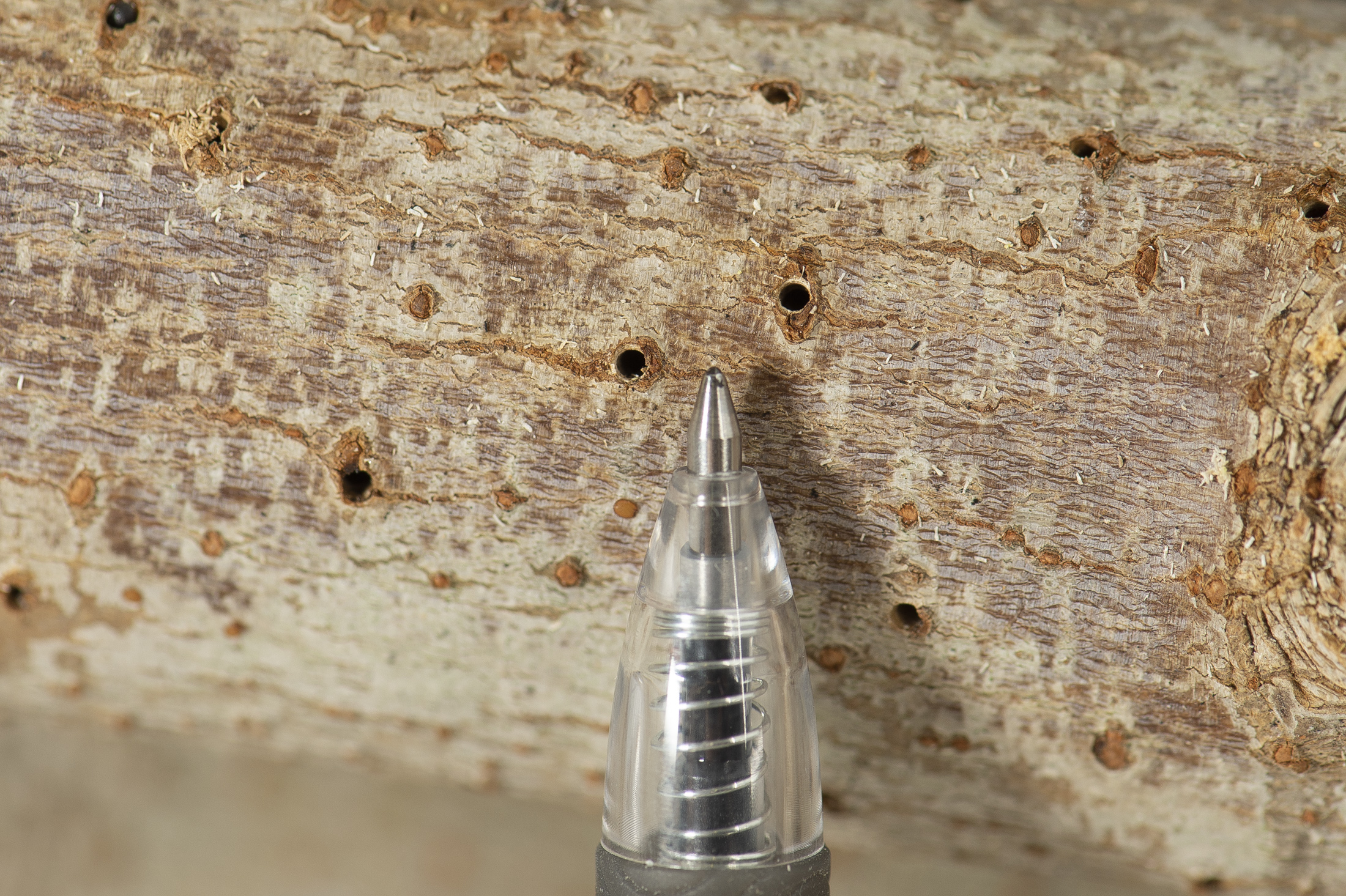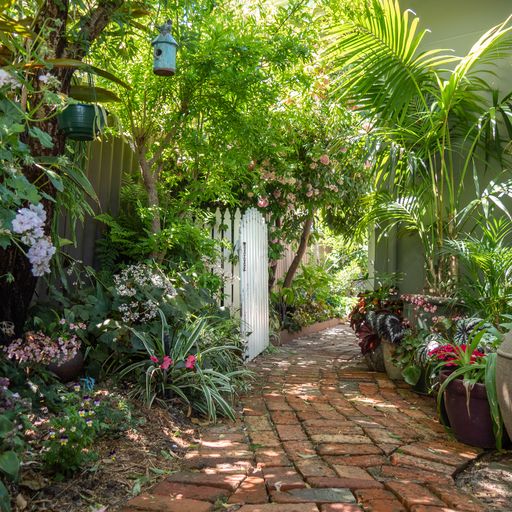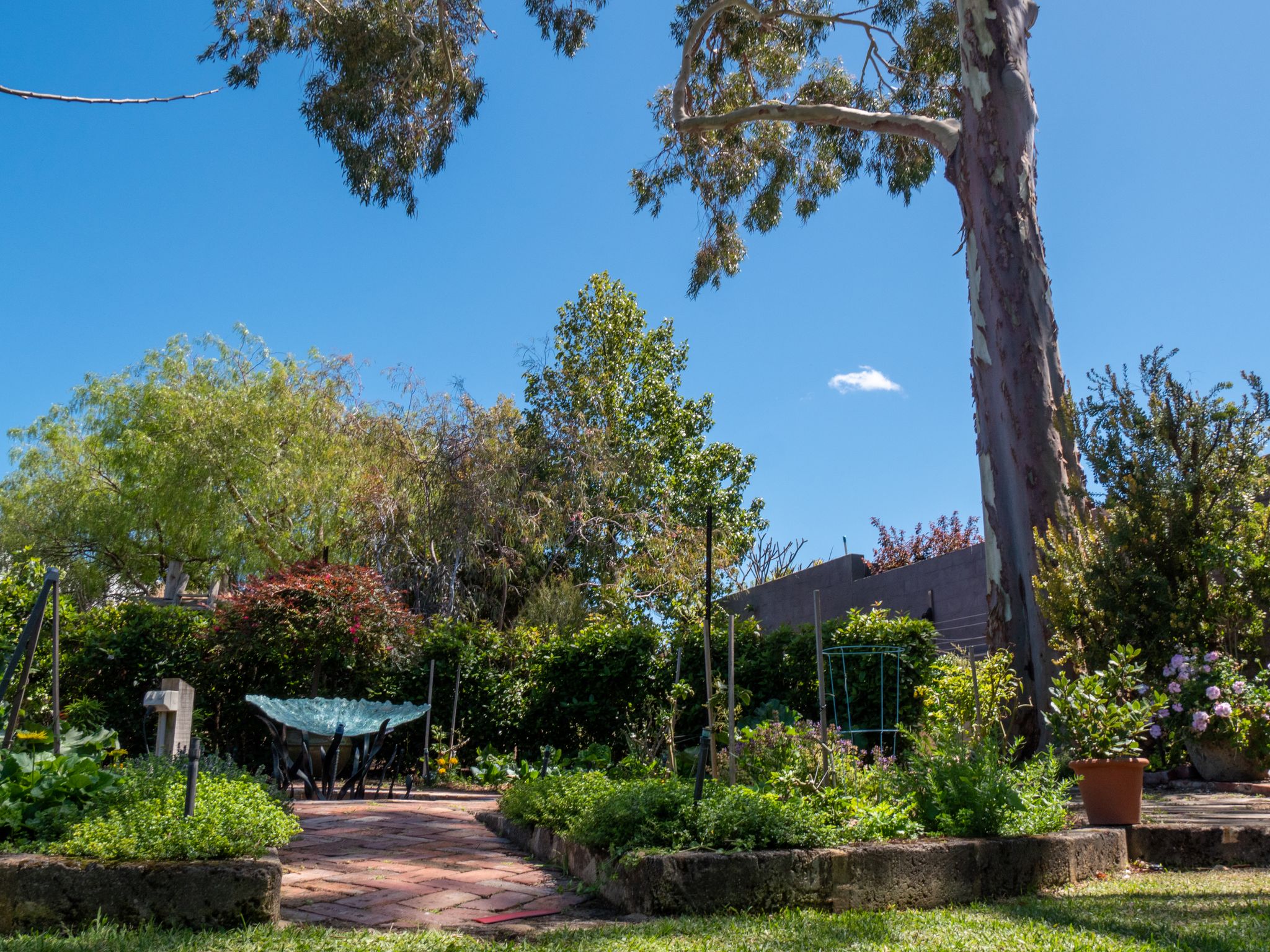A funny name for an insect that is incredibly annoying. If you have a Bush Christmas hedge or a Tiny Trev in your garden, you will have made acquaintances with the Pimple Psyllid. Its scientific name is Trioza eugeniae and it is a native from Eastern Australia that harbours in many of the Acmena and Syzygium genera.
You will see the damage on the new growth of plants as small pimples coming from the underside of the leaves that look distorted and curl under. This is caused by the adult psyllids that feed on the new growth and the females laying eggs that are inserted into the leaf. Small yellow eggs are inserted into the expanding new leaf tissue where they grow through five instar stages and start the whole cycle over again.
The one good thing about the lilly pilly psyllid is that they are highly vulnerable in between their moults and can only survive on new growth, not older leaves. This is where the gardeners heavy hand comes into action. The nymphs form small dented hollows to bed down in, as they cannot survive in the sun. They seal themselves off with a waxy blanket for added protection.
One of the best methods of control is to keep knocking the leaves to shake them out of their beds or simply prune off new growth. Once they hit the ground, it disrupts their feeding and they cant grow into the next phase.
These psyllids also have quite a few natural enemies if pesticides are not used. The voracious parastic wasp Tamarixia has a 60% success rate, but also ladybirds, spiders and small birds quite like to feed on them.
The most common pesticide to control this pest is Confidor, but this will have a detrimental affect on the good bugs. The latest research has shown that oil and soap sprays are of little use.



